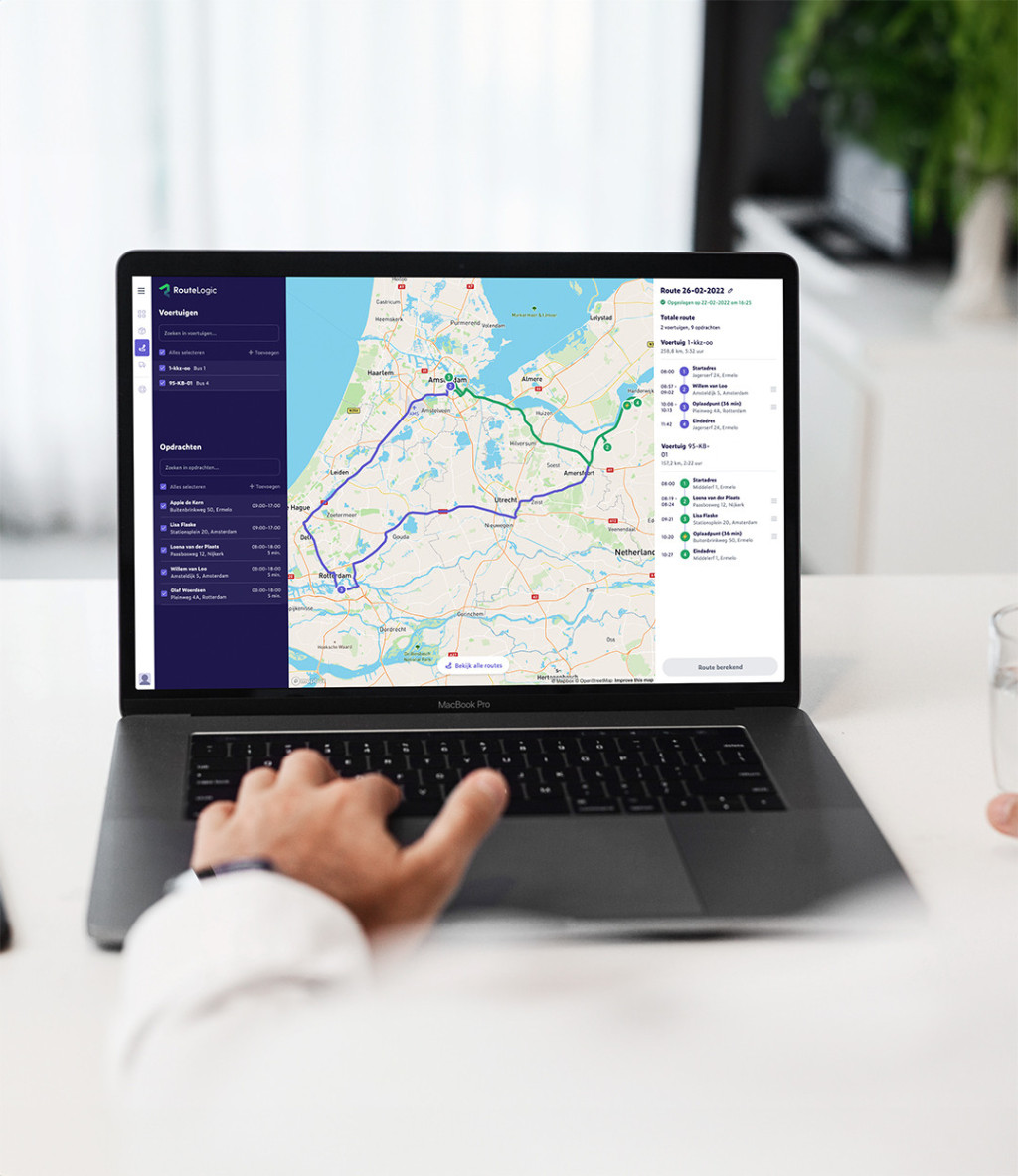What Are Load Meters?
Definition and Basic Concept of Load Meters
A load meter is the space that a load occupies in a truck, expressed in meters. It is calculated by dividing the length of the load by the width of the truck's loading space.
The Importance of Load Meters in Transport and Logistics
Why Load Meters are Important for Efficiency in the Transport Sector
Accurate load meter calculations are crucial for maximizing load efficiency, minimizing transportation costs, and optimizing space in trucks.
How to Calculate Load Meters
Step-by-Step Explanation of the Calculation Method
The calculation of load meters is relatively simple:
length of the load (in meters) / width of the truck's loading space
This indicates the amount of space the load occupies.
Factors Affecting Load Meters
Various Elements that Can Affect the Calculation
Factors such as the shape and type of the load, as well as the layout of the truck's loading space, can influence the calculation of load meters.
Load Meters in Different Types of Trucks
How Load Meters Vary Depending on the Type of Truck
Depending on the type of truck (e.g., an open flatbed, container, or refrigerated truck), the method of calculating load meters may vary.
Practical Tips for Optimizing Load Meters
Advice for Maximum Efficiency in Loading
Effective loading means making the most of the available space. Tips such as stacking goods and using loading plans can help maximize load meters.
Software and Tools for Load Meter Calculations
Overview of Available Technological Tools
There are various software solutions and tools available that can simplify and automate load meter calculations, leading to increased efficiency and accuracy. Additionally, there are route planning software tools like RouteLogic that take capacity into account. RouteLogic also considers the following for calculating a route:
- Number of vehicles;
- Number of hours a vehicle averages per day;
- Number of kilometers a vehicle averages per day;
- Number of hours spent on route planning per day;
- Hourly wage of a driver;
- Fuel price per liter.
Start planning your first routes with RouteLogic for free now and discover how quickly you can create efficient routes for your logistics operations.
Future Trends and Developments in Load Meter Calculations
Innovations and Expected Changes in the Industry
With advances in technology and data analysis, exciting developments are expected in the field of load meter calculations, such as more advanced software and AI-driven optimization methods.
Understanding and efficiently calculating load meters is essential for anyone involved in the transport and logistics sector. Optimizing load meters leads to cost savings, increased efficiency, and better resource utilization. By using the right techniques and tools, businesses can improve their logistics processes while contributing to more sustainable transport practices.



